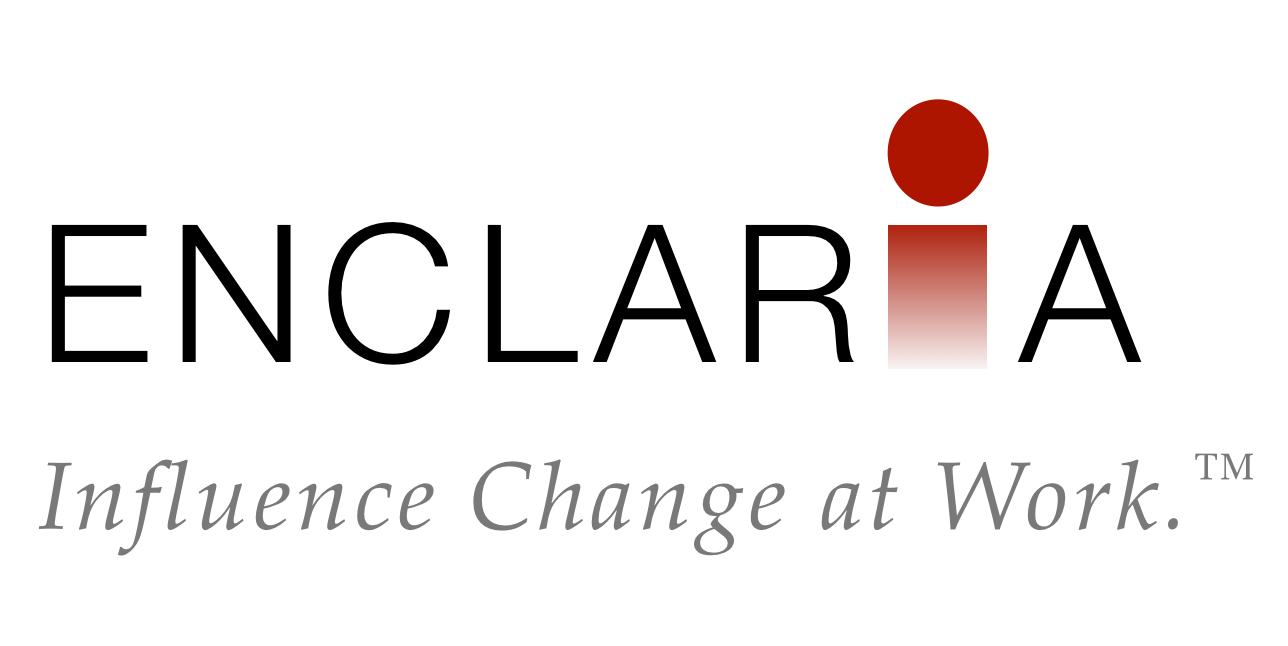Sometimes change is difficult because the change you want to implement runs counter to the culture. And, sometimes change is difficult because the culture of the organization blocks change in general.
The following are cultures that can create an extra burden on change:
Everyone For Themselves
In some organizations, it seems that each individual puts his own success over the success of the organization. When people value their own priorities most and act to preserve them, it can be difficult to foster the collaboration and possible self-sacrifice necessary for change.
Decisions by Consensus
The opposite may also be true. Some organizations value the group over individuals. When the culture deems that everyone must agree with a solution before moving forward, change can grind to a halt because decisions are made too slowly to gain any ground.
Failure is Bad
Some organizations seek to assign blame when something fails, instead of looking for the learning opportunity. In such an environment, change can be hindered because people are afraid to take the risk of trying something new. People would rather fail at change than fail because they changed.
When the culture of your organization does not support change, you have a few options. You can work within it, doing your best in spite of it. You can work around it, trying to create a bubble where the culture does not apply. You can work to change it, removing the organizational resistance caused by culture. Or, I suppose another option is that you can work your way out of it, and quit.
What cultures would you add to the list that prevent or hinder change?
